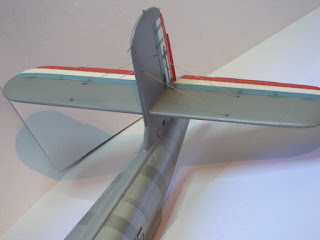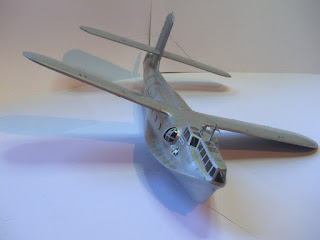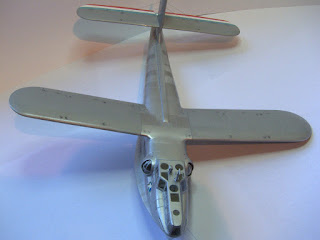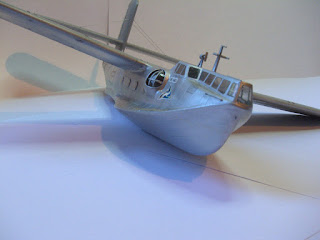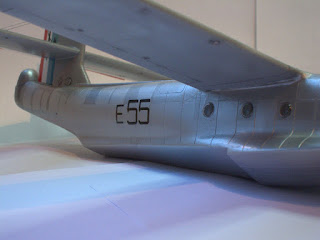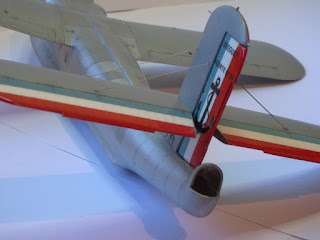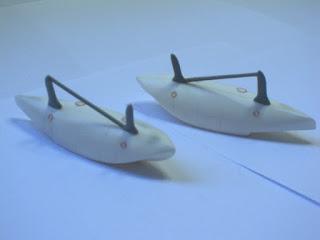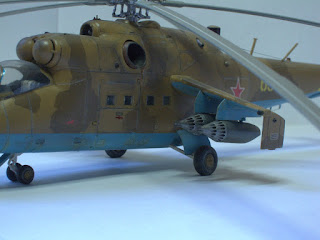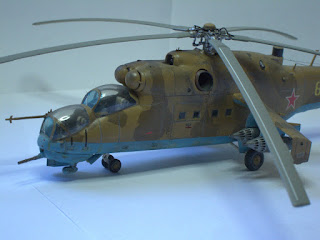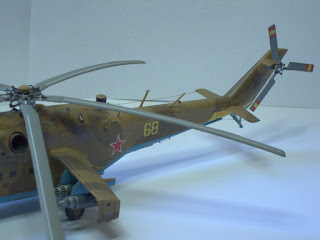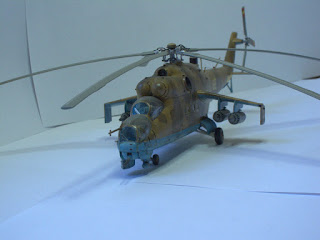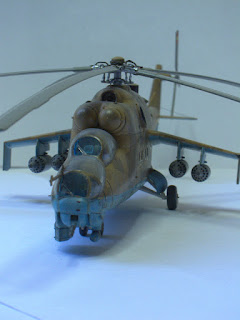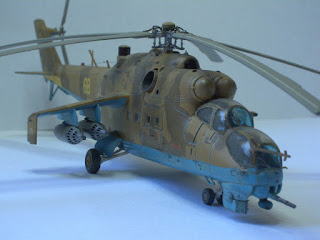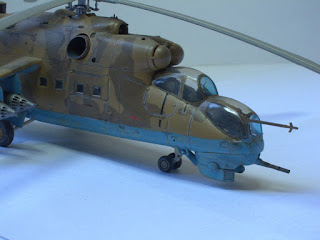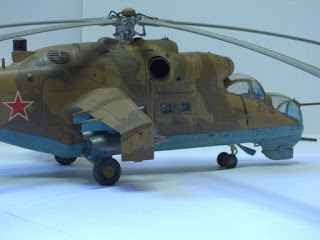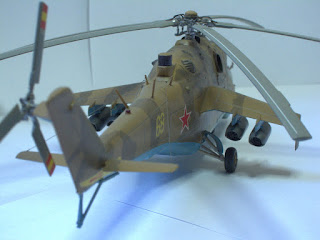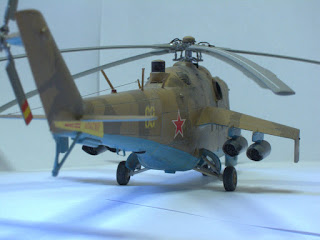Polikarpov I-16....
This is the 1/72 scale Hasegawa kit of I-61 Type 18 variant. This little fighter was a step ahead in fighter design in mid 30's using retractable wheels and variable pitch propeller.
Its baptism in combat was in the Spanish Civil War when Stalin send the ultimate Type 5 version. It was a nasty surprise for Germans when they realize that this diminutive bird was a superior combat machine over the He-51, the main attack combat plane send to Nationalist Spain by Germany.
This fact accelerated the delivery of Bf109 to Franco's forces, who retaken the air supremacy.
When the Germans invaded the Soviet Union in 1941, the then obsolescent I-16 was still the main fighter force.
The I-16 Type 18 kit, like almost all Hasegawa kits, is easy to build and is a very good representation of the real plane.




